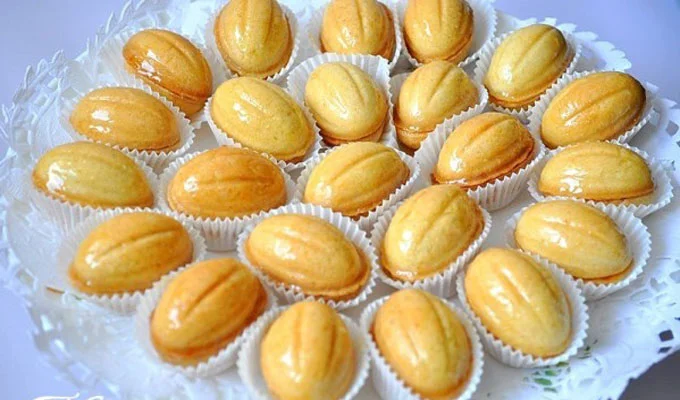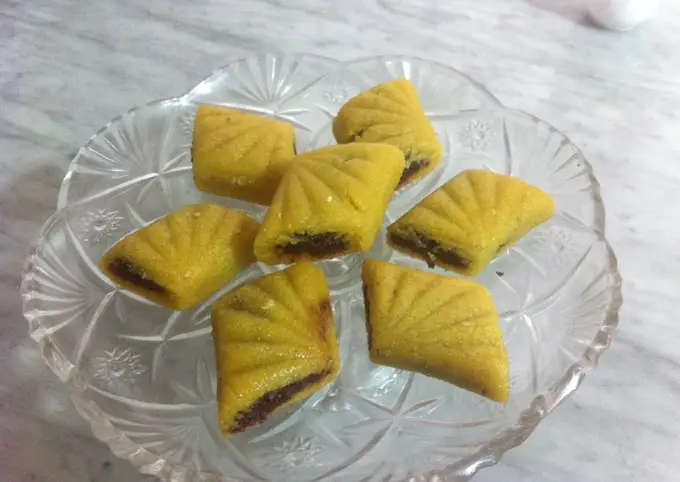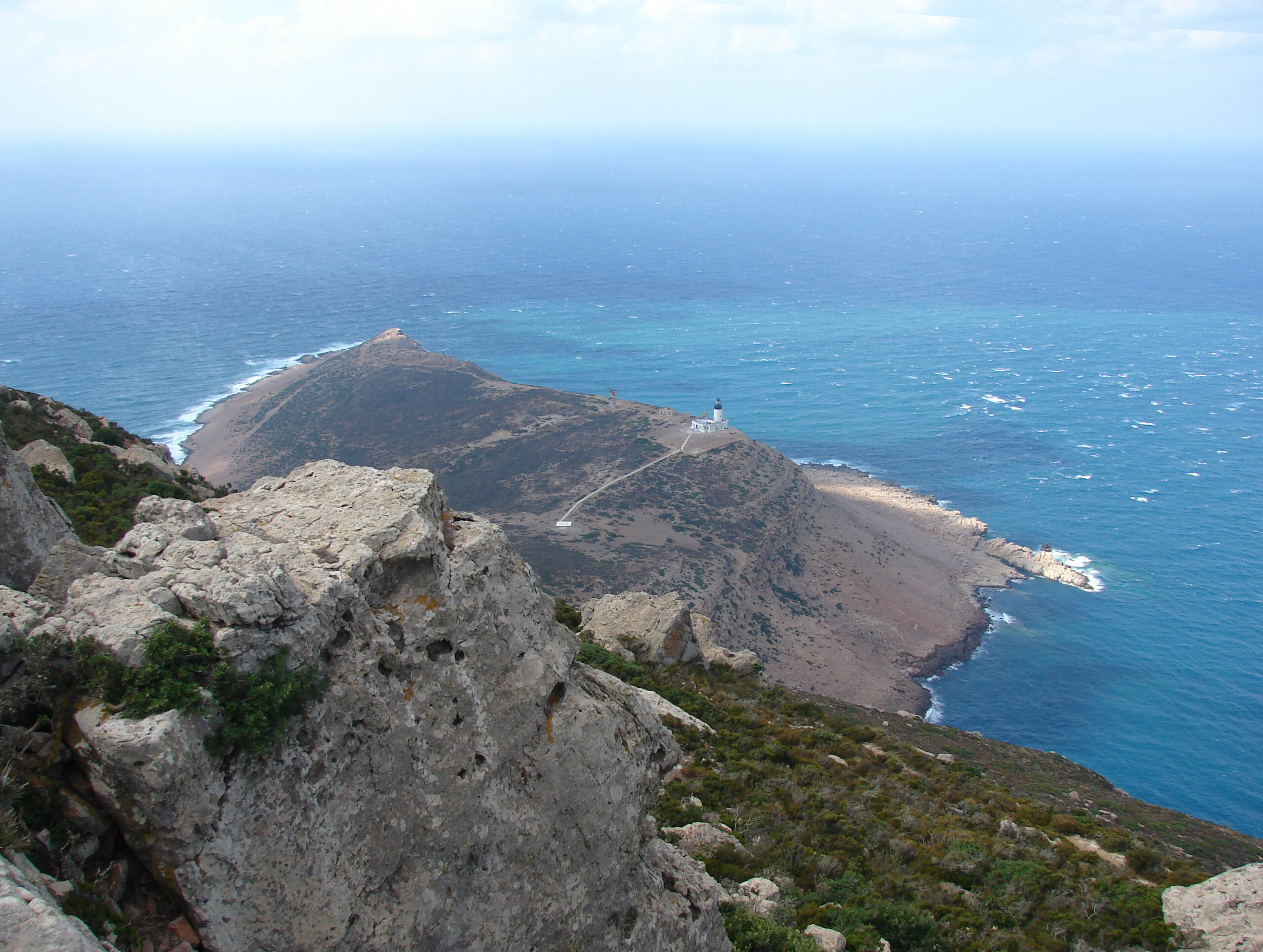Tunisia is an exotic country with beautiful contrasts, which represent a natural bridge between Africa and Europe, combines the smell of Mediterranean greenery and the sand of the Sahara from the south. A Maghreb country bordering Algeria to the west and Libya to the southeast, the rest of the country is bordered by the Mediterranean Sea, whose coastline stretches for 1,300 km with beautiful long and sandy beaches. Due to its favorable coastal climate, Tunisia is very popular tourist destination even during the winter.
For lovers of spa and wellness holidays by the sea, I came across couple of different hotels. La Badira in Hammamet, The Residence Tunisia in Gammarth, Thalasso and Spa Resort in Djerba, Movenpick resort and Marine Spa Sousse, and Royal Tulip Corbus Bay Thalasso and Springs.
The last one mentioned above was our choice for leisure and wellness. Corbus is a place in Nabel Province, Tunisia. It lies on the Cap Bon peninsula and is located in a deep gorge that opens to the sea. Ever since Roman times, this densely forested area has been popular as a health resort. In addition to the treatments to the water from the thermal springs, as well as the healing steam from the same, the mud from the nearby town of Ain Kanasira is beneficial for various conditions of skin and rheumatic diseases, as well for those who have arthritis, and it has also been confirmed that it has a healing effect on the nervous system.

The hotel is positioned between the bay and the Corbus mountains, the resort offers an indoor and outdoor swimming pool, fitness center, several restaurants with view of the sea.
As Joyce Sunada’s said, “If you don’t make time for your wellness you will be forced to make time for your illness”. Making time for your wellness means checking in with yourself, evaluating your emotions and re-framing the importance of taking time for yourself.

Normally when we going somewhere, we are running from one place to another, trying to see and discover as much as possible. Coming to Tunisia the accent was on staying put and relax as much as possible. Although there are plenty of historic sites worth visiting, the focus was on our well being. Going for walk by the sea, and the enjoying the beautiful seaside scenery was simply amazing.
Both of us love to indulge ourselves in the local cuisine, and this time we had opportunity to taste the delightful fusion of Mediterranean, Arab, Berber and Ottoman food, featuring a rich variety of flavors, spices, and ingredients. We have already ate couscous back at home, but here it was another level. Another dish that was real pleasure to try it was ojja. Ojja is spicy Tunisian stew made with tomatoes, peppers, onions and a variety of seafood or meat, such as shrimp, merguez sausage or lamb. It is seasoned with spices like cumin, coriander, and caraway. You ask yourself what is merguez sausage. Well, it is a sausage made of ground lamb or beef seasoned with paprika, cumin, and chili pepper. When in Tunisia, don’t miss to visit the local markets, and of of course the street food stalls to discover even more culinary delights. One thing that I have to mention, when it’s coming to street food, you have to try the most popular one, the fricasse. The fricasse is deep fried bread filed with tuna, olive, harissa, boiled egg and sometimes potatoes. It’s crispy on the outside, and soft on the inside, with a spicy kick from the harissa. Harissa is a key condiment in the Tunisian cuisine, it is a chili paste, made from dried red peppers, garlic, olive oil and spices and often used to add heat and flavor to the dishes.
If you have sweet tooth, then definitively you must try the sweets, because they are part of the country’s rich culinary heritage. Tunisian sweets often feature a combination of flavors and ingredients that may be new and exciting. Almonds, dates, honey, orange blossom water, and spices like anise and cinnamon are common ingredients. Many of these sweets are enjoyed during special occasions and festivals, offering insight into Tunisian customs. Also, worth mentioning, is that they are made by hand using traditional techniques passed down through generations. This artisanal approach results in high quality confections that are as beautiful to watch as they are delicious to eat.

The walnut shells of caramel are called zouza. Just like samsa or makroudh, this delicacy represents a delightful challenge, especially with the shaping process. This cookie is filled with a smooth caramel and is a perfect sweet to be paired with a cup of Arabic coffee or fresh juice. Makroudh is popular semolina pastry filled with figs or dates and soaked in honey.

From its stunning Mediterranean coastline to its rich historical tapestry and vibrant culture, Tunisia is destination that captivates and enchants every visitor. Whether you will choose to wander thru the ancient ruins, savoring the flavors of the Tunisian cuisine or simply relaxing on the pristine beaches, there’s and endless list of experiences to enjoy. The warmth and hospitality of the Tunisian people add to the allure, making every traveler feel at home. Tunisia is not just place to visit, but a place to experience with all your senses. So pack your bags, and get ready to create memories in this North African gem.
